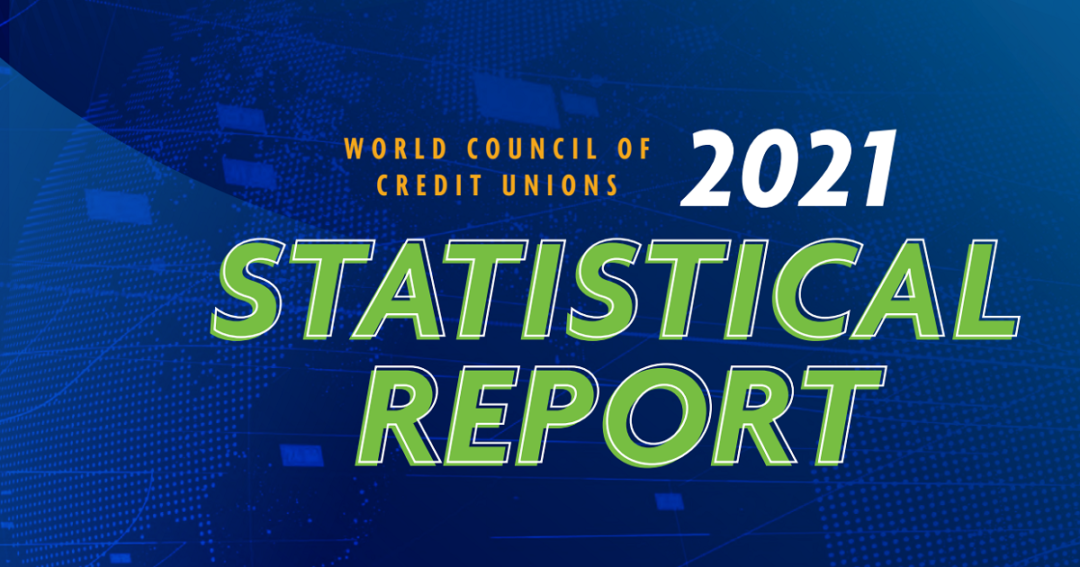
Digitization is top priority for global credit union movement
Despite year-to-year growth in overall membership and total assets for the global credit union movement, World Council of Credit Unions’ (WOCCU) 2021 Statistical Report shows major gaps in key product and service offerings have resulted in different priorities and risk concerns for credit unions in different parts of the world.
As of December 31, 2021, there were a total of 393,871,631 members of 87,914 credit unions worth $3.48 trillion in assets across 118 countries.
Along with providing statistics on members, assets, savings and loans, the 2021 Statistical Report also features first-time data sets on credit union:
- Strategic priorities.
- Risk Concerns.
- Access to various products and services.
- Taxation.
“Despite the COVID-19 pandemic continuing to impact credit unions across the globe in 2021, they still managed to increase membership by 5% and grow assets by 9%,” said Elissa McCarter LaBorde, WOCCU president/CEO. “For WOCCU to ensure that type of growth continues, and credit unions are able to reach even more underserved populations, we need to gather more specific data from national credit union associations than ever before. While some data sets in this report are more complete than others, this is just the first step in our plan to offer a continuously clearer picture of the challenges and opportunities credit unions face in each region of the world.”
Membership and assets up, but not everywhere
Credit unions in Africa and Latin America saw the most substantial growth in terms of membership and assets. Africa saw a 42% spike in assets—the largest worldwide. Latin America witnessed the biggest growth in membership at 16%.
Europe was the only region to see a decline in credit union assets, while Australia and New Zealand both saw declining membership.
New data provides insights into regional differences
WOCCU’s 2021 Statistical Report also provides several sets of new data obtained from national credit union associations in more than 40 countries and six regions of the world. Specifically, we asked the credit union associations to:
- Rank their top strategic priorities and risk concerns moving forward.
- Describe the level of access credit unions and their members have to certain products and services that are necessary to strengthen and grow our movement.
Strategic priorities
Digitalization is the clear top priority for credit unions overall, with 81% of respondent credit union associations ranking it at or near the top of their lists.
66% identified membership and asset growth as another top priority, including 83% in Europe, 80% in Africa and 57% in Asia.
Regulatory reform was a top priority for 51% of those surveyed, and easily the top priority for respondent credit union associations in North America (100%) and the Caribbean (80%).
Risk Concerns
While there was less consensus on the greatest risk concerns, 60% of respondent credit union associations identified macroeconomic uncertainties as a top risk, with Australia and many associations in Africa, Europe and Asia listing it as a major concern.
53% identified technology as another top risk concern, led by Africa (100%), Latin America (67%) and Asia 57%.
Products and services
The 2021 Statistical Report also shows that the ability for credit unions to access or offer certain products and services varies greatly by region.
While credit unions in Australia and North America have full access to payment systems, that is only the case for 50% of the credit union systems in Latin America. More than half of respondent credit union associations in Europe, Africa and the Caribbean reported no such access.
There are also major disparities in the ability of credit unions to offer credit or debit cards depending on where they are located. 100% of credit unions in Australia, North America and Latin America at least have the ability to offer these payment cards, but those numbers drop substantially in the rest of the world—to less than one-third of credit unions offering them in Europe and Asia.
Tax status
Credit unions are not-for-profit institutions, because they do not distribute profits to shareholders but reinvest revenues to benefit their members and communities. But from a tax standpoint, that distinction is not recognized everywhere. There is nearly an even split in the number of countries that exempt credit unions from taxes and those that levy taxes on them.
Every customer-owned bank (credit union) in Australia pays taxes, along with 80% of credit unions in Asia and 73% in Europe. Those numbers fall precipitously in the western hemisphere, with just 17% of respondent credit union associations in Latin America reporting that their credit unions pay taxes—and none in the Caribbean countries with associations that responded to our survey.
The full picture
The 2021 Statistical Report also features gender and age data on credit union members and executives, a breakdown of loan portfolios and insurance offerings, as well as information about access to correspondent banking and deposit insurance guarantees.
WOCCU reports data based on country responses to its annual survey and does not make estimates for non-reporting countries. The Statistical Report provides the most comprehensive data on the global credit union movement available and is cited widely by governments, international institutions and analysts as an expert resource.
You can view the full 2021 Statistical Report here.